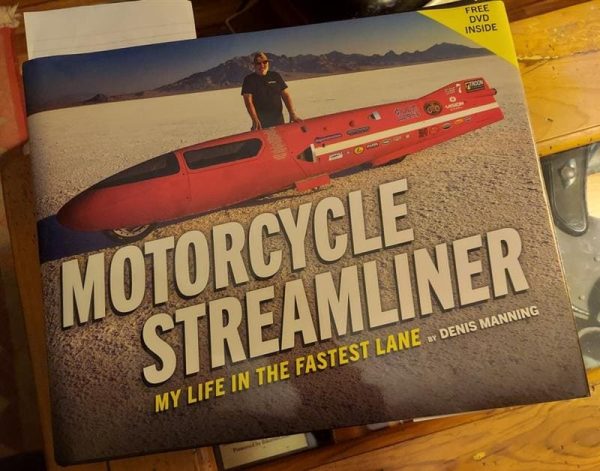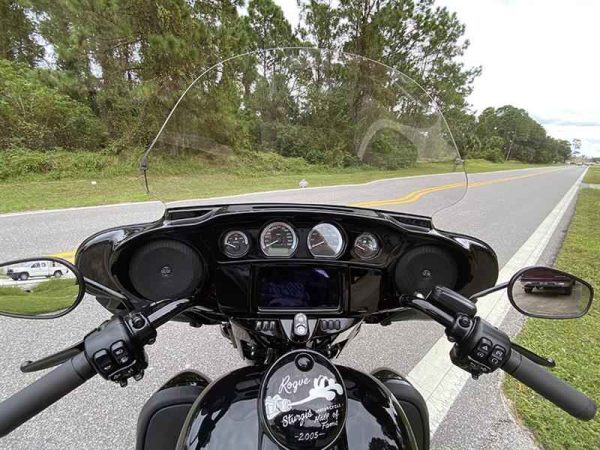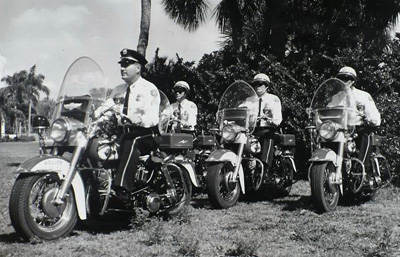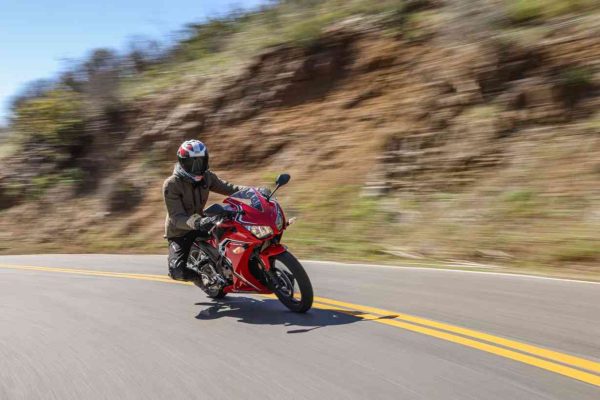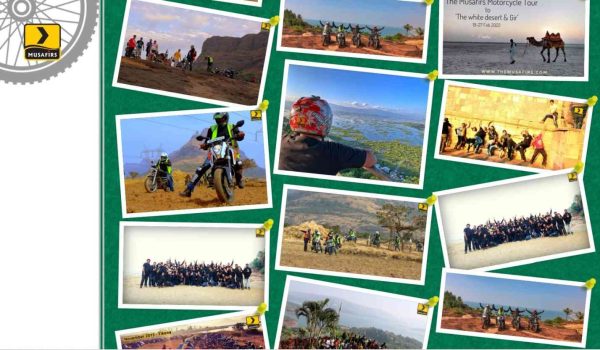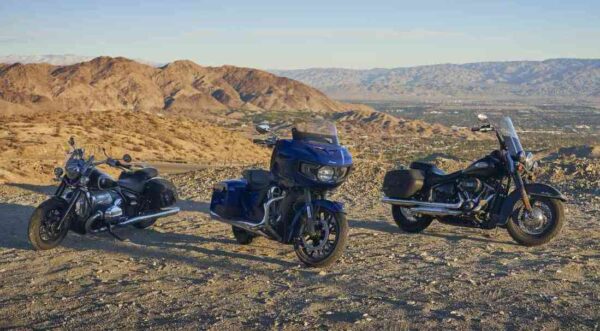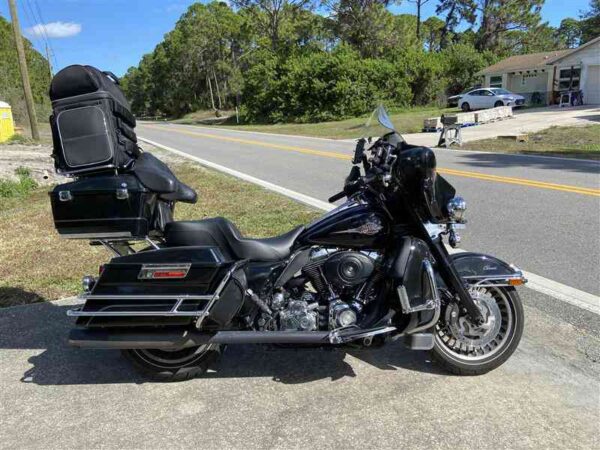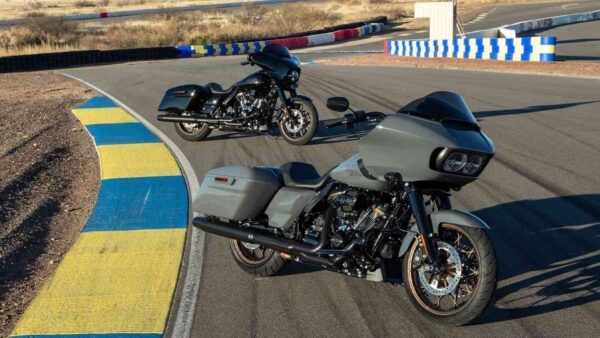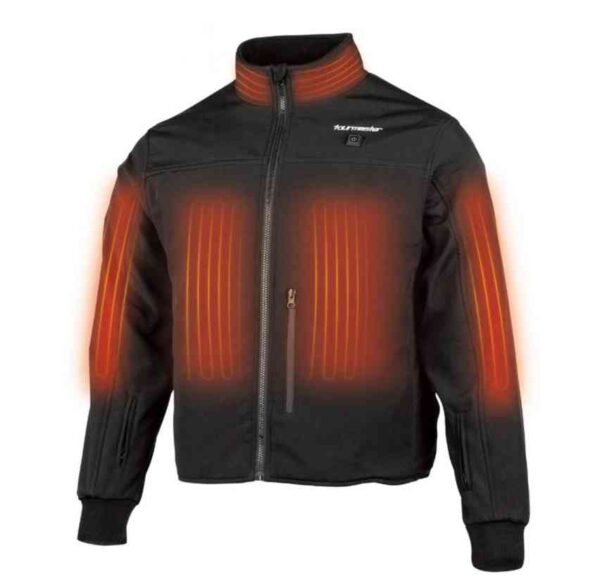by Dustin Wheelen from https://www.rideapart.com/ Balancing the raceway and the roadway. Automotive and motorcycle dealers popularized the term “Win on Sunday, Sell on Monday” in the 1960s. While both motorsport and vehicle sales tactics have evolved over the decades, most manufacturers still leverage on-track supremacy for showroom success—including Harley-Davidson. From the hillclimb to the drag strip, from board tracking to flat tracking, racing has been in the Motor Company’s DNA since Walter Davidson won the 1908 Endurance and Reliability Run. However, Harley’s Post-War production lineup made the brand synonymous with cross-country tourers in the latter half of the 20th century. Despite the XR750 becoming the winningest motorcycle in AMA (American Motorcycle Association) history and the company’s countless NHRA drag racing titles, the FL Touring platform remains the Bar and Shield’s top seller. When MotoAmerica introduced the King of the Baggers (KotB) Invitational in 2020, the one-off race merged Harley’s flagship tourers with its racing lineage. Unfortunately, the MoCo’s first outing fell short of the top step, but the Screamin’ Eagle Harley-Davidson team seized the 2021 KotB championship with Kyle Wyman in the saddle. H-D is wasting no time—or development dollar—following that title run, equipping the 2022 Street Glide ST and Road Glide ST with track-worthy components. To test just how much race-bred technology has trickled down to its production models, the Motor Company invited us to Wilcox, Arizona to spin some laps around the inimitable Inde Motorsports Ranch. Harley certainly handled business on Sundays this previous season, and with the new ST range, it hopes to also dominate the competition on dealership floors. Turning A Corner With the U.S.’s interstate system crossing vast expanses of land, the Street Glide and Road Glide families prioritize comfort and convenience. Packing a six-gallon fuel tank, sub-27-inch seat heights, and a 64-inch wheelbase, the

